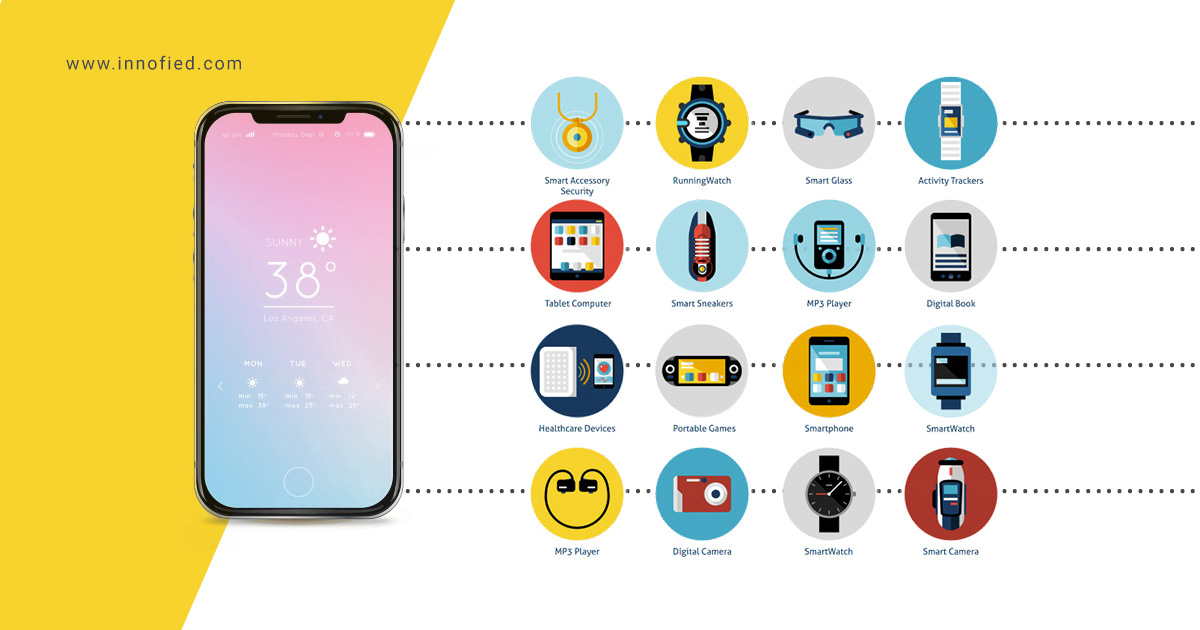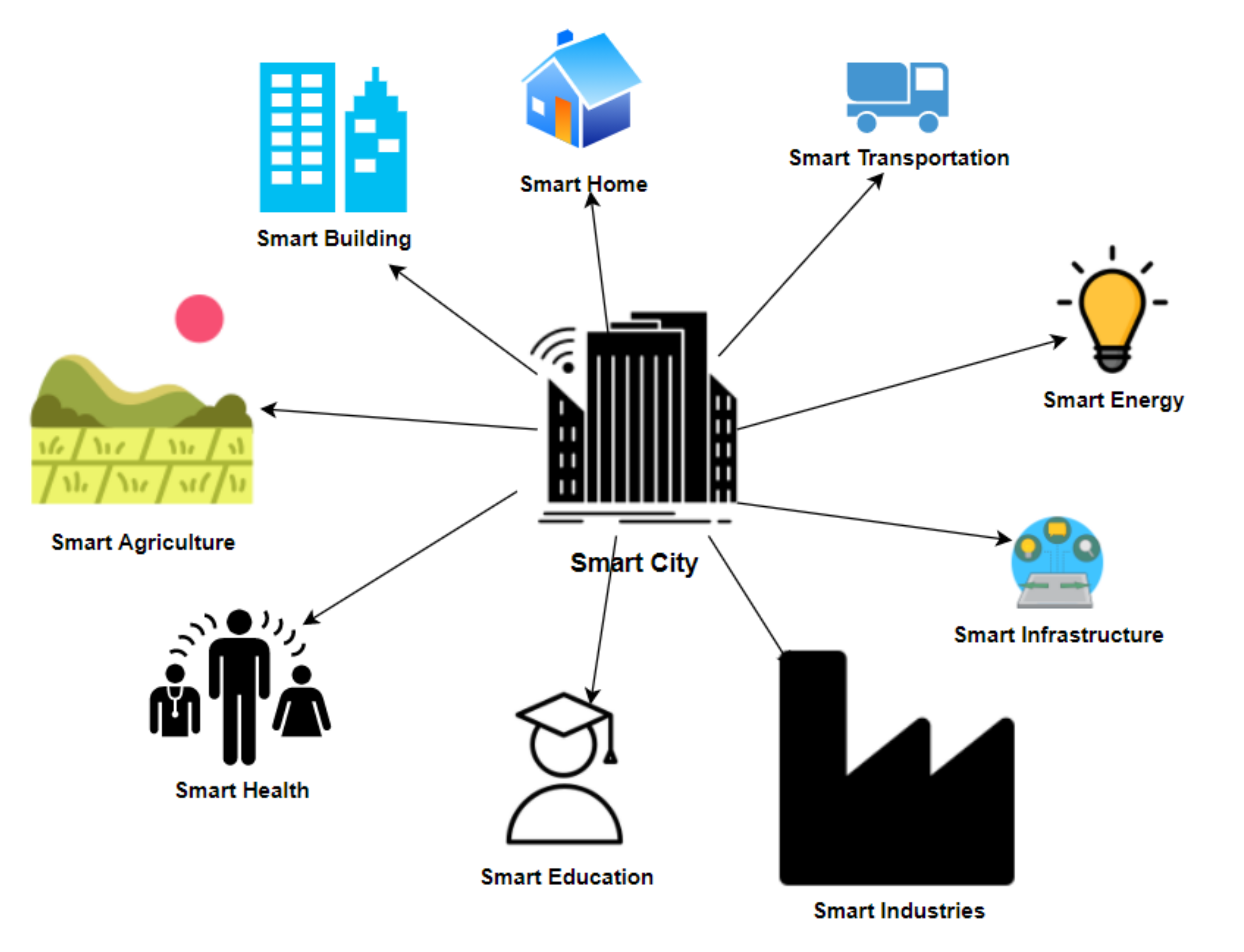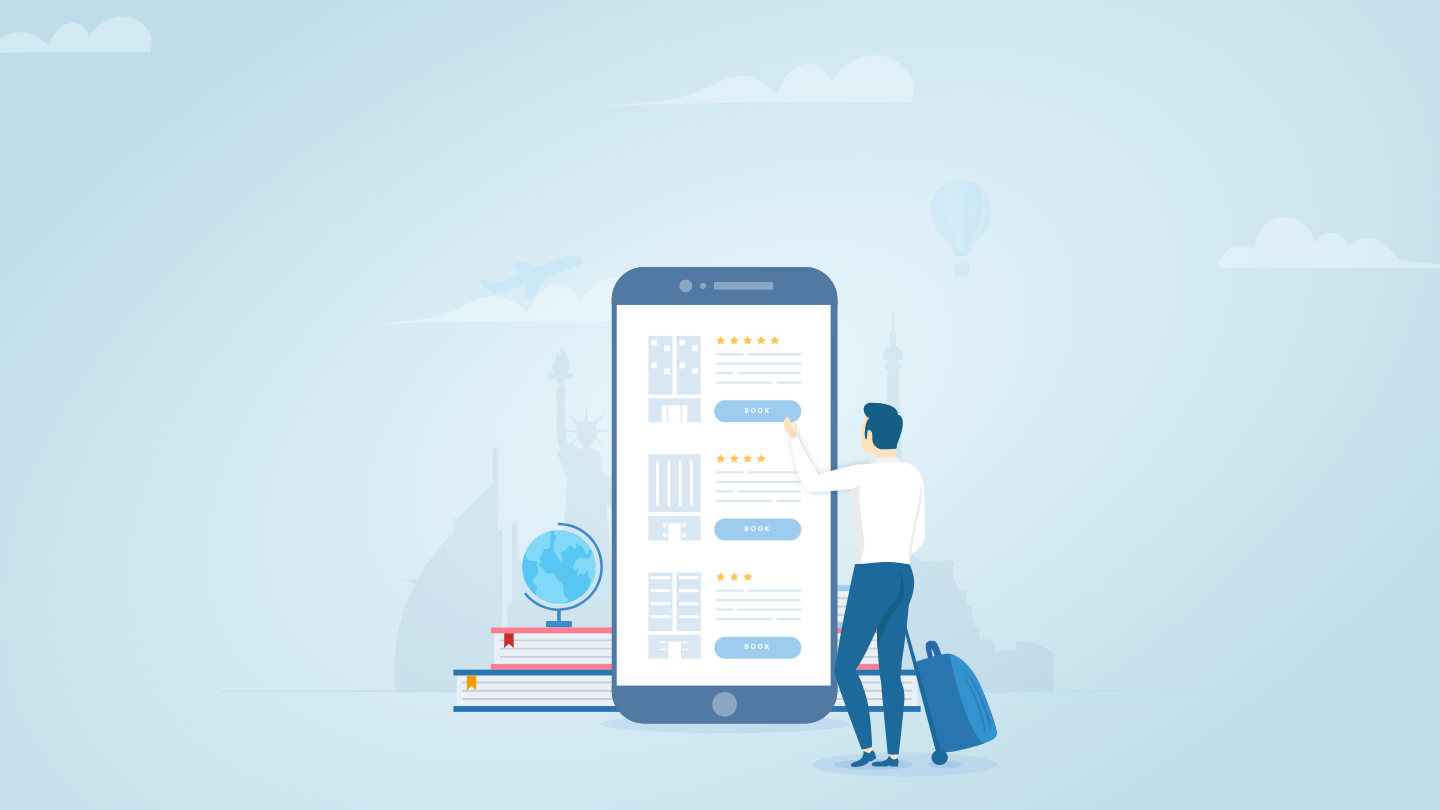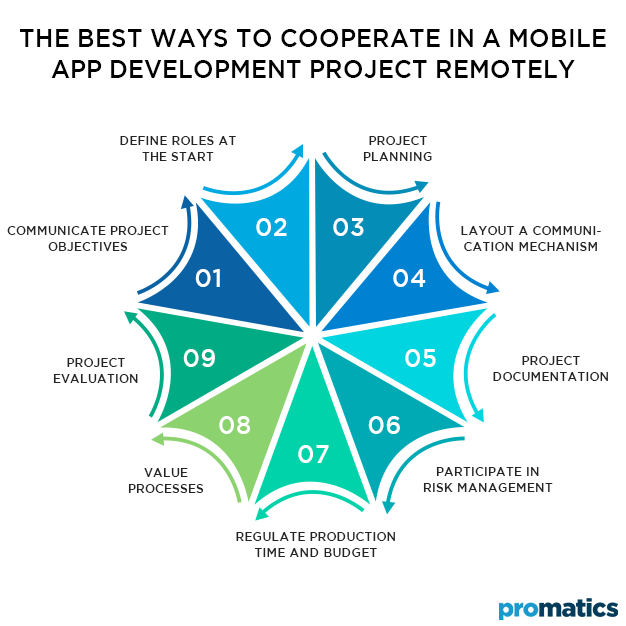In a world where technology is advancing at an unprecedented pace, wearable devices have emerged as one of the most exciting and transformative innovations. From smartwatches to fitness trackers, these devices have become an integral part of our lives, offering convenience, functionality, and style in a compact package. And behind every successful wearable device lies a well-crafted mobile app that enhances its capabilities and user experience.
In this blog post, we’ll dive deep into the world of mobile app development for wearable devices. We’ll explore the unique challenges and opportunities that come with creating apps for these tiny, yet powerful, gadgets. So, whether you’re a seasoned app developer looking to expand your skillset or a business owner considering venturing into the wearable technology market, this post is for you.
The Rise of Wearable Technology
Before we delve into the intricacies of developing mobile apps for wearable devices, let’s take a moment to appreciate the remarkable journey of wearable technology.
The concept of wearable technology has been around for decades, but it’s only in recent years that these devices have gained mainstream popularity. Smartwatches like the Apple Watch and fitness trackers from companies like Fitbit have paved the way for a new era of personal technology. These devices not only tell time or count steps but also allow users to stay connected, monitor their health, and even control smart home devices—all from their wrists.
The rise of wearable technology can be attributed to several factors:
Advancements in Miniaturization: Thanks to advancements in microelectronics and miniaturization techniques, manufacturers can pack a wealth of sensors and computing power into compact wearable devices.
Health and Fitness Trends: As people become increasingly health-conscious, fitness tracking has become a major driver of wearable device adoption. Users are eager to monitor their activity levels, heart rate, sleep patterns, and more.
Seamless Connectivity: Wearables are designed to seamlessly integrate with smartphones, creating a symbiotic relationship between the two. This connectivity enhances the functionality of both the wearable device and the accompanying mobile app.
Fashion and Style: Wearable devices have transcended their tech origins and are now fashion statements. They come in various styles, materials, and colors, appealing to a wide range of consumers.
App Ecosystem: The availability of a diverse range of apps tailored for wearables has significantly contributed to their popularity. These apps extend the capabilities of the devices and cater to specific user needs.
The Role of Mobile Apps in Wearable Technology
Mobile apps are the unsung heroes behind the success of wearable devices. While the hardware provides the essential functions, it’s the software that unlocks their full potential. Mobile apps for wearables serve multiple purposes, including:
Data Display and Control: Wearable devices collect vast amounts of data, from heart rate to step counts. Mobile apps provide an intuitive interface for users to view, analyze, and control this data.
Notifications and Alerts: Wearables keep users connected by relaying notifications from their smartphones. Mobile apps allow users to customize which notifications they receive and how they’re presented on the wearable screen.
Health and Fitness Tracking: For fitness trackers and health-focused wearables, mobile apps play a central role in tracking and visualizing user data. They often include features like workout guides, sleep analysis, and diet tracking.
Configuration and Customization: Wearable devices can be customized to suit individual preferences. Mobile apps allow users to personalize watch faces, set goals, and adjust settings to tailor the device to their needs.
Third-Party Integrations: Many wearable devices support third-party app integrations. For example, a fitness app can sync data with a user’s wearable device, providing a comprehensive health and fitness ecosystem.
E-commerce and Payments: Some wearables, like smartwatches, support contactless payments and e-commerce transactions. Mobile apps facilitate secure payment processing and enable users to manage their financial activities.
Challenges in Wearable App Development
Developing mobile apps for wearable devices presents a unique set of challenges that developers must navigate. Here are some of the key hurdles:
Limited Screen Real Estate: Wearable devices have tiny screens compared to smartphones or tablets. Developers must design interfaces that are both functional and visually appealing within these constraints.
Battery Life Optimization: Wearables typically run on small batteries, and power efficiency is paramount. Apps must be optimized to minimize battery drain, as frequent recharging can be a significant user inconvenience.
Compatibility Across Platforms: Wearables often pair with various smartphones, each running different operating systems (e.g., Android and iOS). Ensuring compatibility and a consistent user experience across platforms can be challenging.
Data Security: Wearables collect sensitive data, such as health information and personal notifications. Developers must implement robust security measures to protect this data from unauthorized access or breaches.
Context Awareness: Wearables are designed to be context-aware, adapting to the user’s environment and activities. Developers must leverage sensors and contextual information to create responsive apps.
User Experience: The user experience on wearables should be seamless and intuitive. Designing interactions that make the most of limited input options (e.g., touchscreens, voice commands) is crucial.
Testing and Debugging: Testing wearable apps can be challenging due to the variety of devices and sensors involved. Developers need access to different wearables for thorough testing.
Choosing the Right Platform for Wearable App Development
Before embarking on wearable app development, it’s essential to choose the right platform. The two primary platforms for wearable apps are:
Android Wear: If you want to target a wide range of Android-based smartwatches and fitness trackers, Android Wear is a popular choice. It allows developers to create apps that integrate seamlessly with Android smartphones.
watchOS: For those looking to develop apps exclusively for the Apple Watch, watchOS is the platform of choice. This ecosystem offers tight integration with iOS, enabling a seamless user experience for Apple device users.
Your choice of platform will depend on your target audience and the specific features you want to incorporate into your wearable app. If you aim for a broader user base, Android Wear may be the way to go. However, if you’re focused on delivering a polished experience to iOS users with Apple Watches, watchOS is the logical choice.
Best Practices for Wearable App Development
To create a successful wearable app, follow these best practices:
Simplify the User Interface (UI): Given the limited screen real estate, keep your app’s UI simple and easy to navigate. Use larger touch targets and concise text to ensure usability.
Prioritize Key Information: Identify the most critical information or functionality your app provides and make it easily accessible. Users should quickly access essential features without excessive scrolling or tapping.
Optimize for Battery Efficiency: Implement power-saving strategies, such as using efficient algorithms and minimizing background processes, to extend battery life.
Leverage Sensors: Wearables are equipped with various sensors, including accelerometers, heart rate monitors, and GPS. Use these sensors creatively to enhance the app’s functionality and user experience.
Provide Offline Functionality: Ensure that your app can perform essential functions even when not connected to a smartphone or the internet. Offline functionality is valuable for users on the go.
Test on Real Devices: Testing on actual wearable devices is crucial to iron out any platform-specific issues. Emulators can only provide limited insights into real-world performance.
Follow Design Guidelines: Adhere to the design guidelines provided by the platform you’re developing for (e.g., Material Design for Android Wear, Human Interface Guidelines for watchOS). Consistency with the platform’s look and feel enhances user familiarity.
Consider Voice Input: Voice commands can be an efficient way for users to interact with wearables. Implement voice recognition for tasks like sending messages or setting reminders.
Stay Updated: Keep your app up to date with the latest platform updates and hardware capabilities. New features and improvements can make your app more attractive to users.
Ensure Privacy and Security: Implement robust data encryption and user authentication to protect sensitive information. Clearly communicate your app’s data usage and privacy policies to users.
Conclusion
Mobile app development for wearable devices is an exciting frontier in technology. As these devices continue to evolve and gain popularity, the demand for innovative and user-friendly apps will only grow. By understanding the unique challenges and opportunities in wearable app development and following best practices, developers can create apps that enhance the functionality and user experience of these tiny yet powerful gadgets. Whether you’re a developer looking to explore new horizons or a business owner considering a foray into the wearable technology market, the future of wearable app development holds immense promise and potential. Embrace it, and you may find yourself at the forefront of the next big tech revolution.





